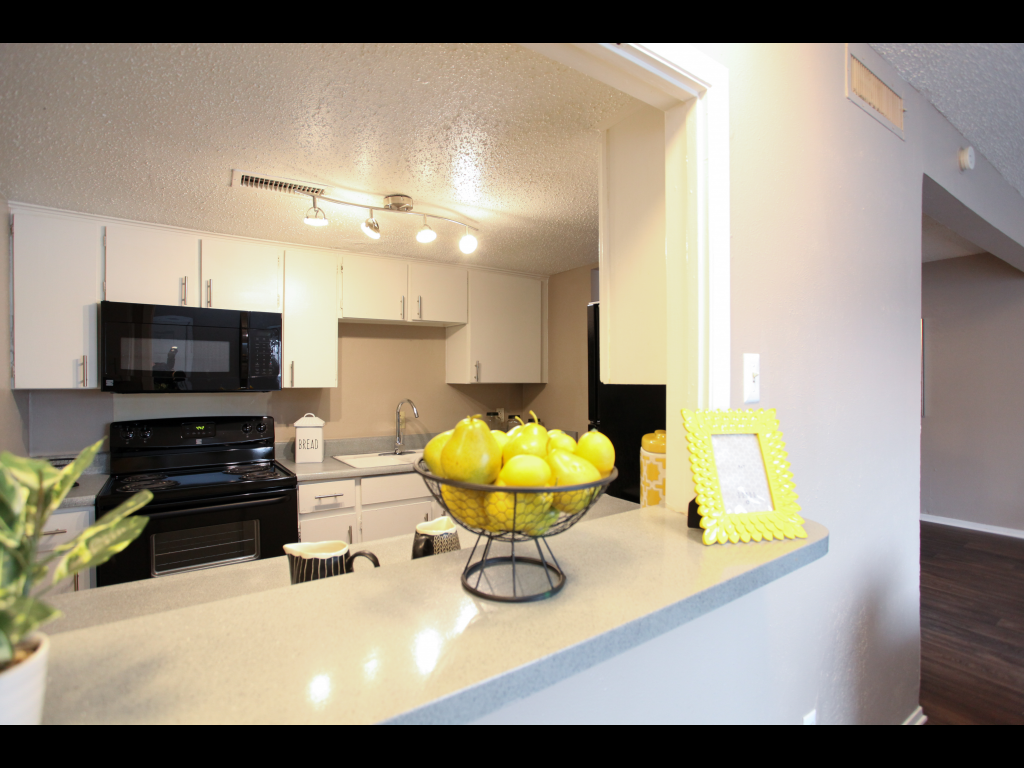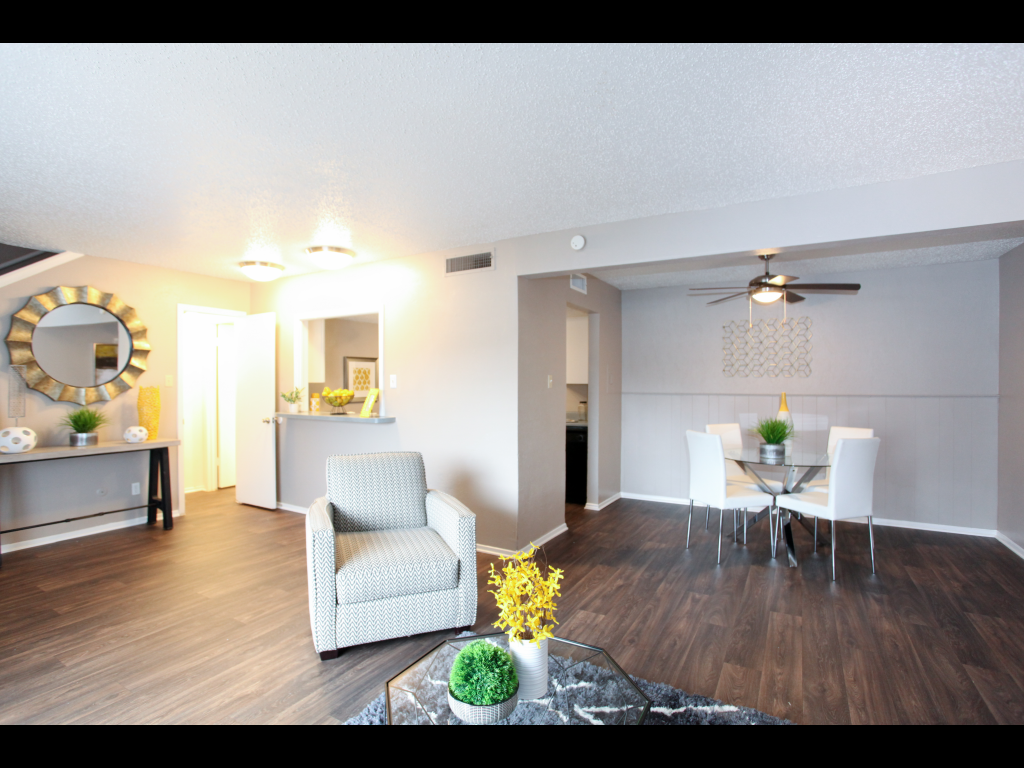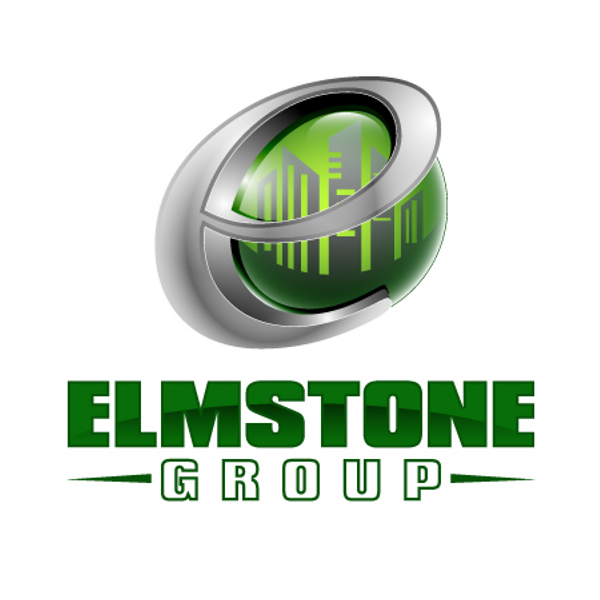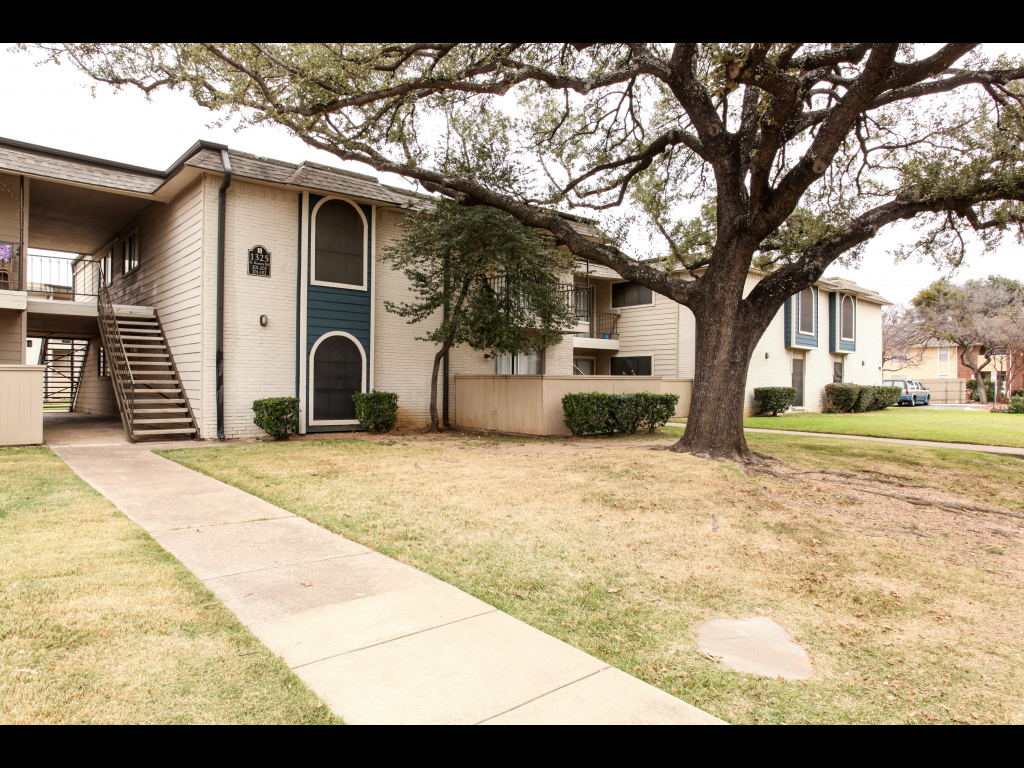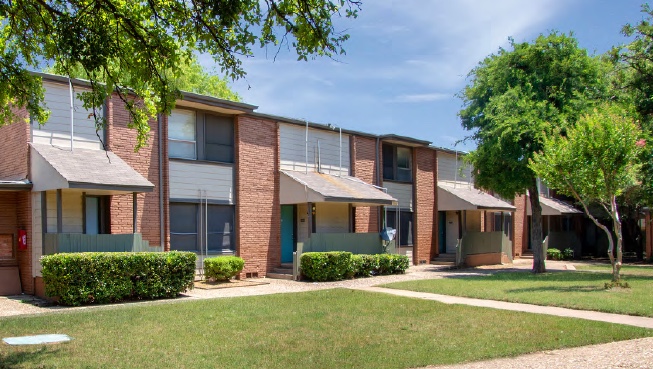Disclaimer: The views and opinions expressed here are those of the author and do not necessarily represent any organization or anyone else.
I have recently been underwriting a number of possible MF investments in the DFW area and are finding much the same thing with all of them. The prices for properties are so high at the moment that cash-on-cash yields are being squeezed to a bare minimum and the only hope of making any kind of worthwhile return is dependent on the “value-add” components. And the more viable value-add components have already been exercised over the past 3-5 years by investors looking to improve the value of their investments.
It truly is a seller’s market. Seller’s have been able to ask for and get increasingly higher prices as the influx of buyers are bidding up prices just trying to get into the market.
Ten years ago, when recovering from the 2008 crash in real estate, we were able to buy Class C MF assets in the Dallas area for $20-$30k per door. Today, similar assets in the same sub-market are selling for around $200k per door, and now they are ten years older! These changes are in part due to increased rents (resulting from inflation) but also due to the compression of cap. rates from around 9-10% in DFW in 2010-2011, to around 4% and lower in 2022.
So, what next?
The compression of cap rates over much of the last decade has made it very easy for some investors to make money by just “riding the cap rates down” without even having to put much capital into the property. Typically they will buy a property, turn it over to third-party property management, invest minimal capital into improving it, then sell 1-3 years later at a profit. Note that this is not our model.
We are now at a point in the market where many believe that cap rates cannot go down any further. So, can property values continue to increase? What about inflation? And what will happen to cap rates? While we do not have a crystal ball and cannot predict the future, we can apply various models to explore different scenarios and illustrate what happens in each of those.
As an example, let us consider a property that we recently underwrote. The name of the property is not important here, but a few key facts about it are:
- 256 units in Irving, TX, built in 1980.
- The property had received a series of large capital injections over the past couple of owners and was in excellent condition.
- It was brought to us “off market”, rather “pre-market”, because of our prior relationship with the seller. We were told that he’d been working with a broker and was expecting it to sell for $54-56M. But if we could match the low-end of the range at $54M, then it was ours. That is $211K per door. To be fair, the seller wasn’t trying to push the property on us. In fact, he even made the comment that as good as the property is, “I wouldn’t pay $54M for it!”
- With a T-12 NOI of $2,007,047 and a purchase price of $54M, that gives a cap rate of 3.72% for a 1980 property.
- Incidentally we had actually toured and underwrote another property just down the road from this one, about a month earlier. It also had 256 units and they were asking $51.2M, or $200K/door. That property was in far worse condition and needed a major capital injection. So, on the surface of it $54M seemed to be a fair asking price in the current market.
After much analysis, and back-and-forth with lenders we just couldn’t get the numbers to work for us. But as we discussed the exit strategy for this property, there were (obviously) plenty of unknowns. This got me thinking, what effect would a small increase in cap rates have on the property? What about a larger increase in cap rates over multiple years?
For each of these scenarios, I considered an increase in NOI as per our business plan. If we assume that the plan would be executed no matter what the market did, then the only variable(s) would be as introduced in each scenario.
Baseline scenario
As a baseline, we assumed the cap rates would remain largely the same as today. As such with our increasing NOI, we felt that we would be able to increase the value from $54M today to $66M at the end of Year 3, and almost $74M by the end of Year 5. The projected asset value over the next five years is shown in the chart below.
The projected increase in value sounded very attractive to us, and would be to potential investors. But, in the current environment, is this likely? What if the cap rates were to increase somewhat slowly, but steadily over the next 5 years?
Slowly increasing cap rate
For this scenario, we assumed that the cap rate increased by 0.1% each year. Assuming the same increase in NOI as described above, this would still result in increasing property value though at a slower rate than with a constant cap rate. These projected values are illustrated in the following chart.
At the end of year 3 we felt that we’d be able to increase the value to around $61M from the purchase price of $54M, then to $65M by the end of year 5. In this scenario, the cap rate increase – which generally results in lower valuations – is more than offset by the increases in NOI by following our proposed model. So the property value would still increase but just not as much as with a constant cap rate.
Beware of the previously mentioned investors who are just trying to “ride the cap rates down.” They would struggle in this scenario. If they did not do any major enhancements to improve operations and increase NOI, then they would see the asset value diminish over time.
In order for them to survive the slow increase in cap rates, they would have two options. Firstly, a quicker than expected sale, possibly at a small loss. Secondly, try to force an improvement in NOI outside of the original business plan. This would either mean cutting back on expenses and/or pushing rents and increasing income. In general, cutting back on expenses without a plan can result in a diminished customer experience. This then makes it difficult to push rents and drive income higher without a lot of turnover, and this becomes a recipe for disaster. A shorter term hold and “fire sale” is the most likely outcome.
Rapidly increasing cap rate
What if we did all of our planned improvements to improve NOI but then the market cap rates increased at a faster rate than discussed above? Purely from a mathematical point of view, this would force the asset value down. This is likely the most concerning outcome.
For this scenario, we assumed that cap rates would increase at a steady 0.5% per year, so after 5 years they would be at around 6.2%. This might seem a long way from where we are in today’s market. But think back five years to 2017 when the cap rates for Class C products were around that same level. If cap rates fell that quickly, it seems conceivable that they could also recover as quickly.
This scenario is illustrated in the following chart.
Again using the increasing NOI that we had projected, but a 0.5% increase in cap rate each year, the asset value would drop off to $47M by the end of year 3 and $44M by the end of year 5. That’s a $10M drop below the current asking price in just 5 years and after improving the asset performance over this time.
Now layer on top of this the fact that many properties being bought today are being financed with a 3-1-1 bridge loan which will need to be exited before the 5 year mark.
Summary
So which scenario is most likely? No one can answer this with 100% certainty and I’m not going to try to predict that here. The intent of this article was simply to share some sensitivity analysis that I performed on a property I was evaluating recently.
So please weigh the options and make your own decisions. There are so many external factors influencing the market from inflation, the war in Ukraine, changes to US (and foreign) government policies, interest rates and printing money, the possibility of a new strain of COVID or another pandemic.
Personally, I tend to believe that cap rates cannot go much lower. But then I’ve thought that before and was proven wrong! So, I do believe that we will see cap rates increase. The big unknown – for me – is how soon, by how much and for how long will they increase?
Steven R. Gould
